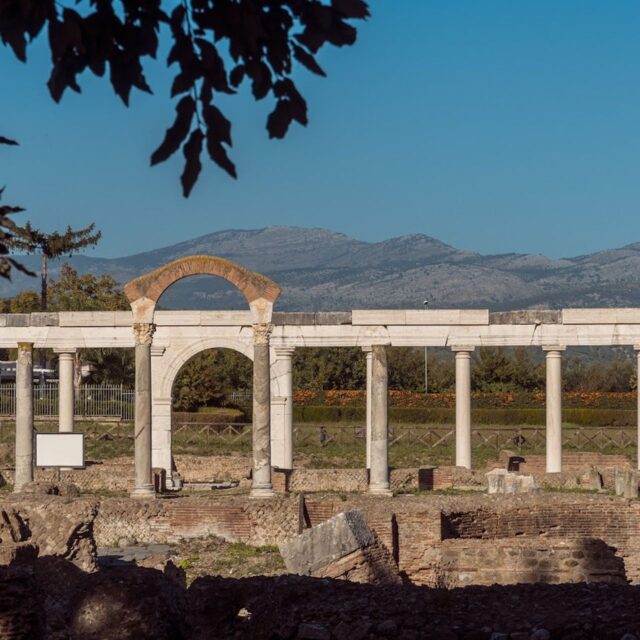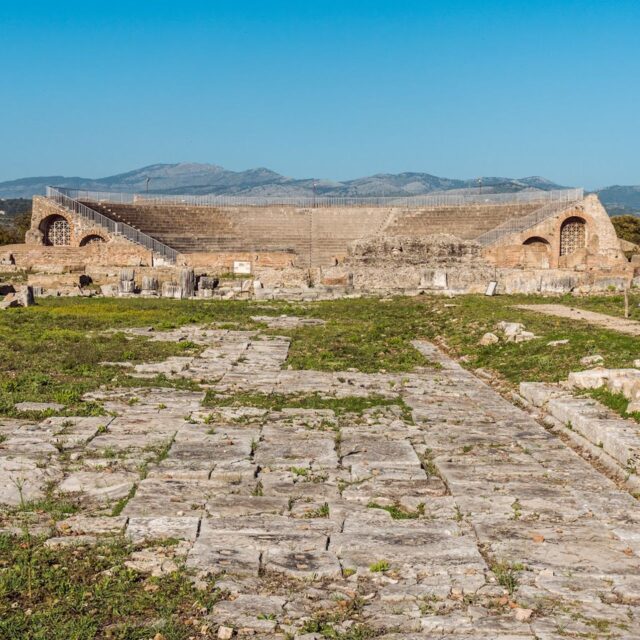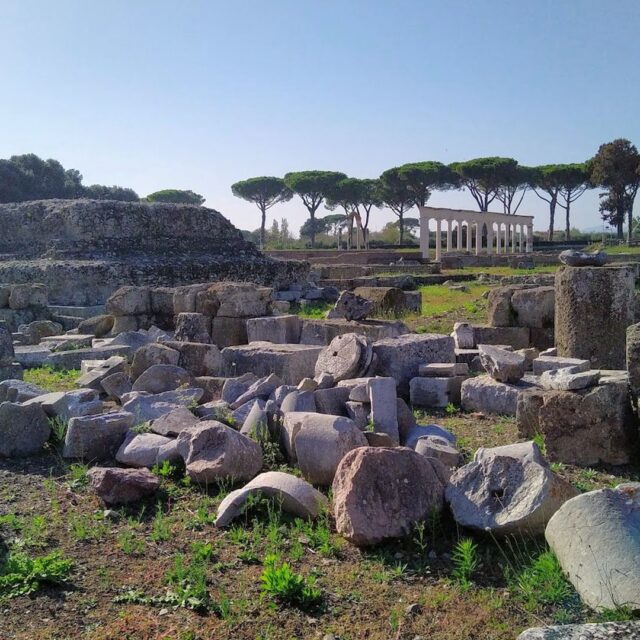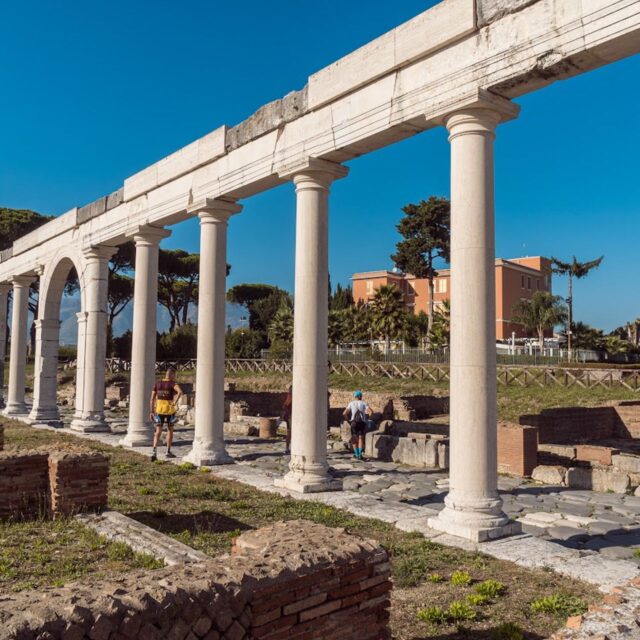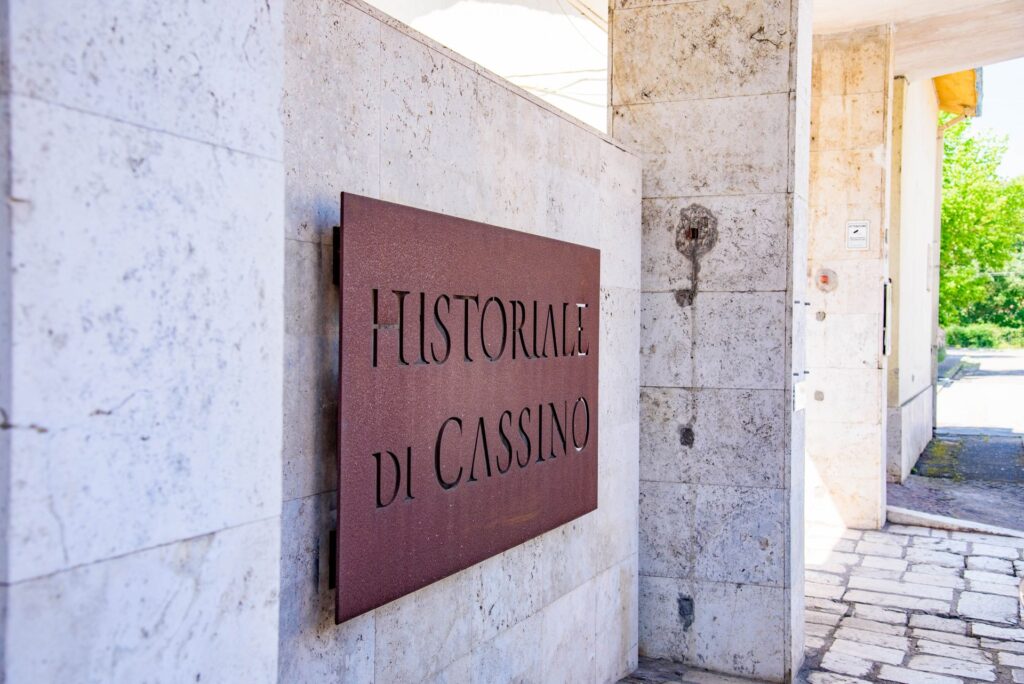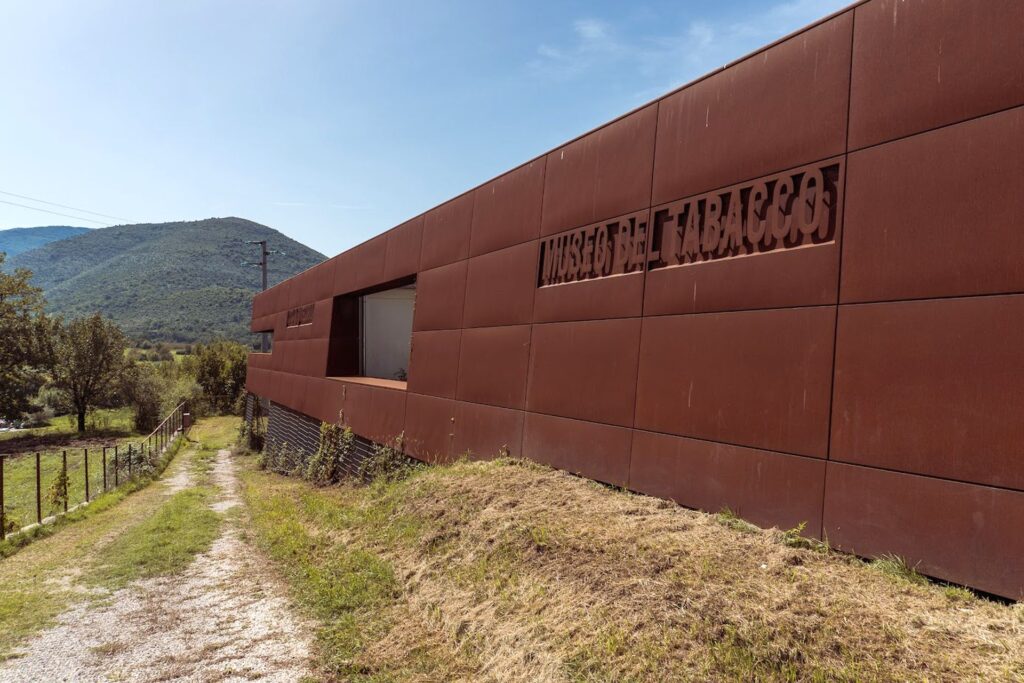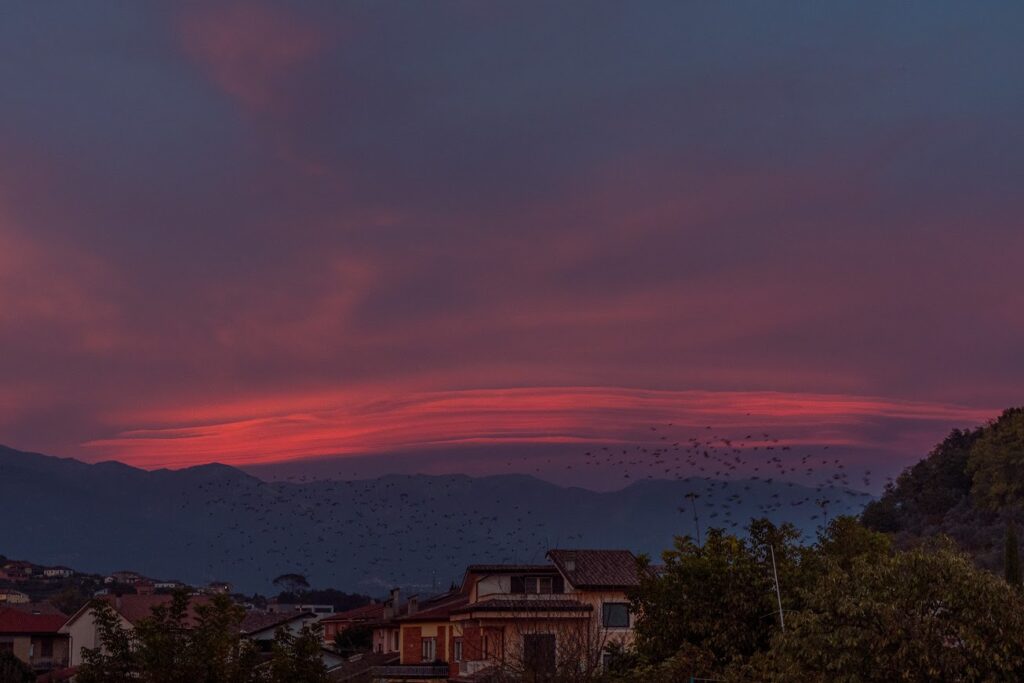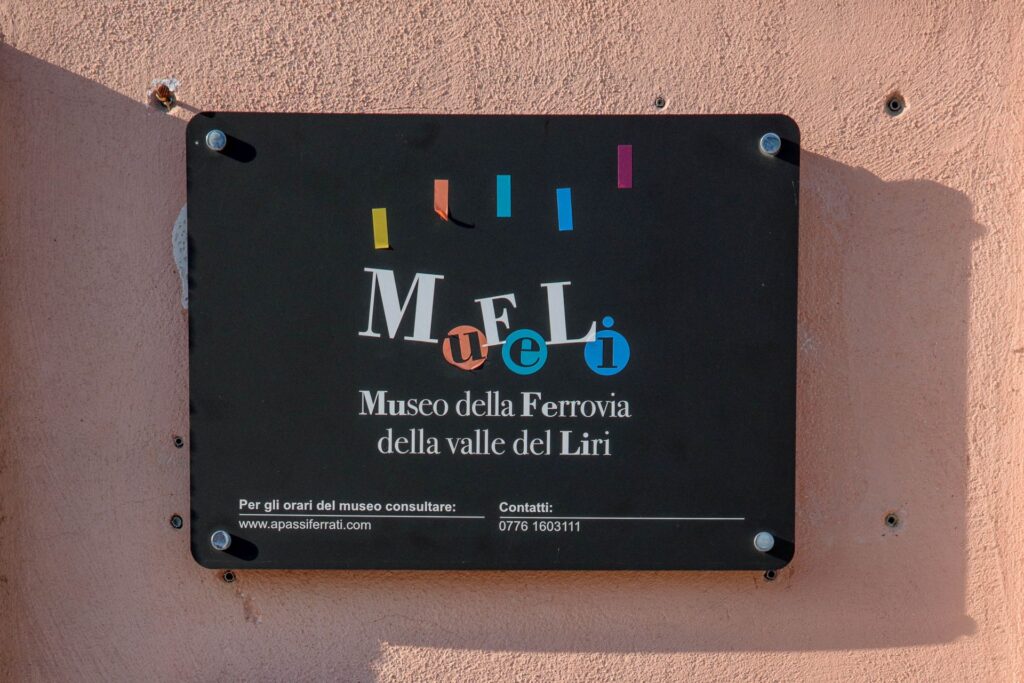Museums
Minturno
The Archeological Area and Antiquarium of Minturnae
In 296 B.C. the Romans founded the maritime colony of Minturnae near the mouth of the Garigliano River (the ancient Liris), for commercial purposes.
In 296 BC, the Romans founded the maritime colony of Minturnae near the mouth of the Garigliano river (the ancient Liris) for commercial reasons. The city had a square plan, was defended by polygonal walls with towers and developed along the two main orthogonal axes (cardo and decumanus maximus). One of these was the Via Appia, which entered the city through the Porta Gemina. A long stretch of it is still paved with limestone blocks, which still bear the traces of chariot wheels. Along the Appian Way there was the Republican Forum, bordered by porticoes on three sides. Next to it there were the Capitolium, an Etruscan-Italic temple with three cells dedicated to the Capitoline Triad (Jupiter, Juno and Minerva) and the Temple of Augustus, both accessible by a single flight of steps. In the 2nd century AD, the Imperial Forum was built opposite the Republican Forum, which became the new political and civic centre of the city.
In the Forum there were the Basilica and the Curia. The theatre, built at the beginning of the 1st century A.D. in the northern area of the Republican Forum, could host about 4,600 spectators. In the spaces under the càvea there is the Antiquarium, in which are displayed: acephalous statues, sculptures, votive offerings, epigraphs, coins (fished out of the nearby river) and numerous artefacts, found in the last century in Minturnae, in the urban centre of Scauri and in the Castelforte area. Along the Via Appia also lies the Macellum, the city market, which was supplied with goods from the nearby port. Some tabernae faced directly onto the main street. With the construction of an aqueduct in the Hadrianic period, a large thermal complex was also made, in which the calidarium and tepidarium rooms are preserved.
Near the archaeological area, at the Garigliano river mouth, there are the remains of the Nymph Marica Temple, a sacred site dedicated to the water goddess.

